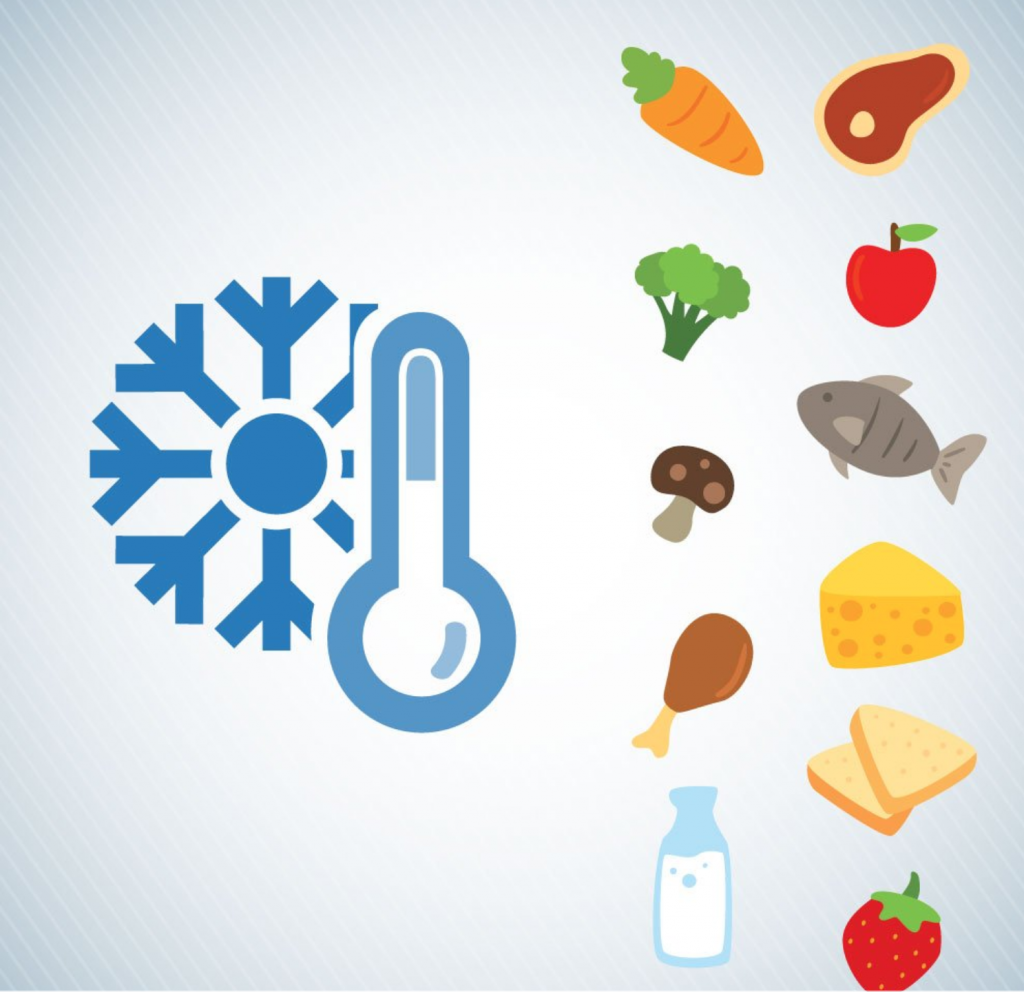Food Storage

The days of going to the store for one item have been temporarily halted. Now we tend to stock up on several items, some which may be forgotten. What about that fresh fruit you just purchased three days ago? Is it still fresh? Should you toss it? Things we don’t normally think about have become relevant. Developing habits to conserve and store food longer is definitely something worth looking into. Today we will have a general overview of the topic.
Food can be broken up into three categories (UNL Food):
- Perishable foods includes meat, poultry, fish, milk, eggs and many raw fruits and vegetables. All cooked foods are considered perishable foods. To store these foods for any length of time, perishable foods need to be held at refrigerator or freezer temperatures. If refrigerated, perishable foods should be used within several days.
- Semi-perishable foods, if properly stored and handled, may remain unspoiled for six months to about one year. Flour, grain products, dried fruits and dry mixes are considered semi-perishable.
- Staple, or non-perishable, foods such as sugar, dried beans, spices and canned goods do not spoil unless they are handled carelessly. These foods will lose quality, however, if stored over a long time, even if stored under ideal conditions.
If you’re unsure of how long to keep an item, there’s an app for that! The Food Keeper App was developed by the USDA with the intention of maximizing your food’s freshness.
Also check out this Food Storage Quick Guide from Safe Plates, with tips on storing your food items!
Information accessed at:
Leave a Reply